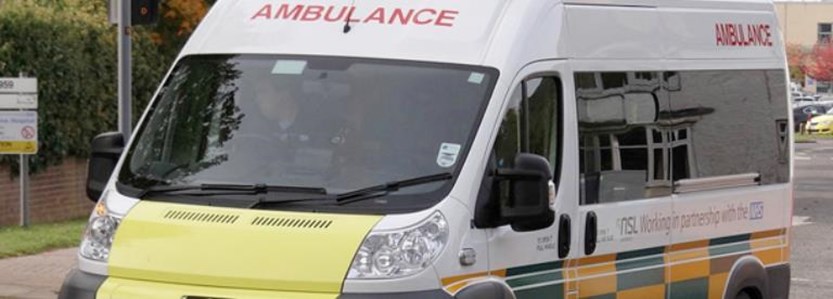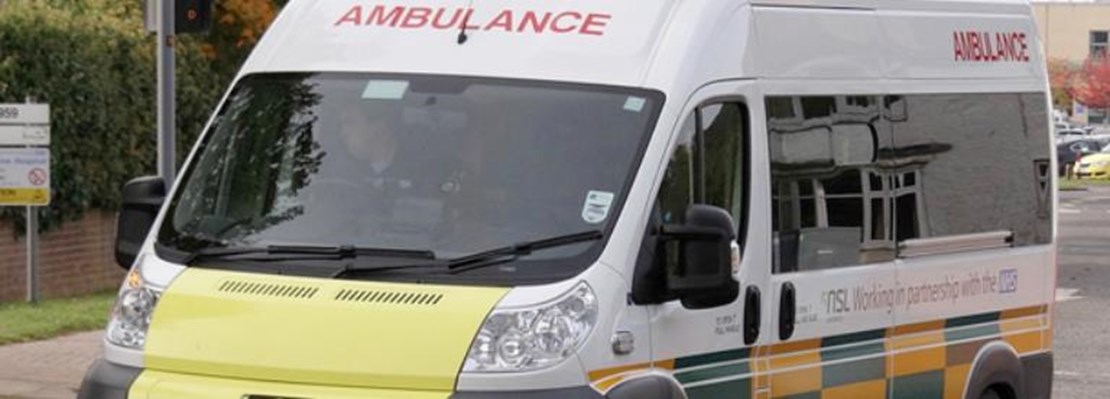Commissioners of Non-Emergency Patient Transport (NEPT) in the East Midlands were facing an increasingly complex task in procuring value for money, patient centric services.
NHS Arden & GEM Commissioning Support Unit (CSU) undertook a stakeholder engagement and market review exercise to give a more focused approach to defining service levels and managing providers.

The challenge
The task of procuring Non-Emergency Patient Transport for the East Midlands was a complex project since the outgoing provision bore little resemblance to what a patient-centric, service provision for the future actually required. Additionally there appeared to be virtually no restrictions on access to transport for patients as the national eligibility criteria, were applied inconsistently.
Historically NEPT had been provided across the East Midlands and was commissioned using multiple Service Level Agreements (SLAs) in the commissioning areas.
The challenges included:
- Usage level costs and number of journeys increasing year on year; yet the service was perceived to be poor both in terms of value for money and quality of service afforded to patients.
- The vehicle fleet was old and required significant investment for improved quality and efficiency.
- The contracts/SLAs had not been consistently performance managed or reported upon.
- There was widespread ad-hoc provision of services from other contractors where gaps in service were identified.
- Variations in service specification from location to location.
- Service availability was limited i.e. 9am to 3.30pm which had the potential to cause operational difficulties for patient discharge or meeting outpatient appointment times.
There was yet a further set of challenges arising from the need to write into the new procurement contracts conditions that specifically addressed the failings of legacy working practices as well as the need to make sure all parties were working to the same agenda. These challenges included:
- A complex relationship with the existing provider
- Data was slow to be provided and difficult to quantify.
- A lack of recorded data made it difficult to assess non-contractual activity
- New contracts introduced structured contract management processes, reporting requirements; a standard process for annual contract reviews.
- Ability to process and share data amongst partners
- Focussing transport provision on those who are eligible, providers were asked to apply national patient eligibility criteria
- Quality measures included improved patient outcomes measured by maximum journey and waiting times and outcomes.
Our approach
As a result of the stakeholder engagement and market review, Arden & GEM CSU provided a number of options for Commissioners for the future provision of the service. The options chosen would be split geographically and offered to the market using a lotting strategy. Each lot would be offered on a three year contract with the option to extend for a further two years.
The project’s major milestones were:
- Agreed a stakeholder group with wider reference groups to ensure appropriate governance and inclusion.
- Agreed Terms of Reference and the delegated authorities of the members of the steering group, clarifying remits and limits of authority.
- Undertook full analysis of activity data from existing providers and estimated future demand taking into consideration non-contract spend and the implementation of the national eligibility criteria.
- Developed the full Project Initiation Document, defining roles and responsibilities and outcomes for the project.
- Agreed a collaboration agreement between all parties to ensure equal liabilities for the actions of all parties.
- Developed detailed project plan.
- Identified Risks and kept a detailed register and ensured mitigation actions for all risks.
- Developed a full specification with standard core service with options for local variation to meet local need and patient demographics.
- Developed a pricing and finance model to assess affordability and sustainability of the service.
- Developed a contracting model to support all the provisions of the contract and to ensure the improved performance and delivery.
The outcomes
As a result of the more focused and managed approach to defining the required service levels, all the difficulties faced under the previous system were addressed. In particular, reductions in aborted journey activity were achieved by the introduction of technology to communicate and confirm patient appointments.
Arden & GEM CSU also managed the transition of services to the new providers and managed the new providers on behalf of commissioners.
More on this service
